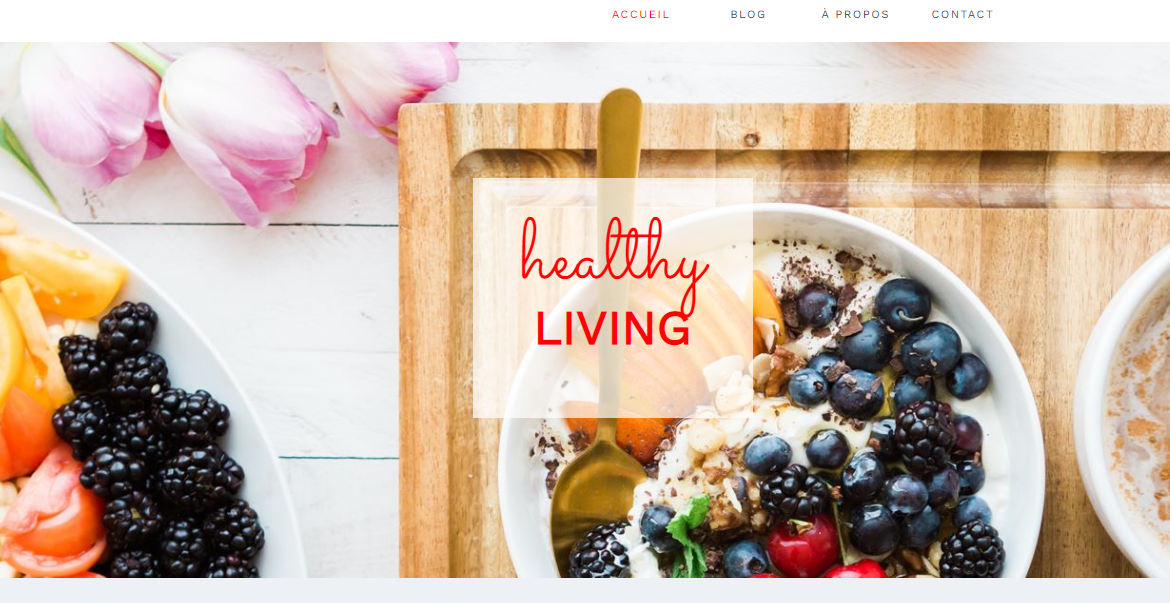Why create a food blog?
There are different reasons why you might decide to create a food blog. If you love to cook and have developed great recipes, it could be interesting to share your knowledge on a blog; no need to be a nutritionist or a chef with years of experience to do it! Many people look for recipes and food blogs on the internet. Your content can then meet needs. Owning a food blog is even more relevant if you have unique recipes, for example, for vegetarians or people who have allergies.
The steps to create a food blog
Take your favorite pot and turn on the oven: here are the steps to create a food blog. Do not worry; if you can make a cake, you should be able to make a food blog.
1-Find the name of your food blog
Let us start with the beginning: what will be the name of your food blog? It can take time to find the perfect name. Consequently, let your imagination run wild. How would you define your food? Gourmet, healthy or spicy? Feel free to note down some keywords if needed. And if nothing comes to your mind, you can always come back to find the name later or choose something simple like Mimi’s Recipes or 101 Ideas for Veggies.
Remember to verify if the domain is available when you find the perfect food blog name. Since a domain name can only be used for one website at a time, it would be a shame to change your blog name because it is taken by someone else.
2-Define your themes and target audience
Since there are already hundreds of food blogs, it would be wise to take a moment to define your themes and target audience. It will allow you to create recipes and content that meet their needs. If you are specialized in recipes for barbecues, Asian cuisine, or vegetarian desserts, do not hesitate to make it the central theme of your food blog.

In the same vein, ask yourself who is your target audience. Who is it for? Is it for busy families or athletes? By defining a target audience, it will be easier to stand out.
3-Create your brand image
Let us now talk about the visual part of your food blog. A brand image that looks professional can increase your credibility as a blogger. You can have the best recipes but not be successful because your visual elements are deficient.
But what are the components of a brand image? First, the logo. It should be simple, flexible, and representative. Your blog logo should be found in the header, as the Favicon, and in the footer. The color palette, fonts, and tone are elements you need to define and use when creating your blog.
4-Build the structure of your blog
Once you have your blog name, central theme, and brand image components, it is time to build your food blog. Start by making a plan for your pages; chances are you need more than a simple blog page. Indeed, it is essential to remember that most websites have a homepage, an about us page, and a contact page.
About that, WebSelf can give you a hand. We have several templates you can use to create your website or blog. We even have a category of templates made especially for food and restaurants. Feel free to take a look!
5-Write your recipes and articles
We are now at the step of writing your blog recipes and articles. First, all blog articles should have a title, subtitles, and paragraphs. In the case of a culinary blog, you could have the title of the recipe, an introduction explaining why this recipe is remarkable, the list of ingredients, and the preparation steps. We also recommend doing one recipe per article and allowing your visitors to leave comments if they want to.
And before you publish a new recipe, think about the SEO. Add a title tag and meta description to your recipe in order to help search engines index your blog.
How to promote your food blog
Once your food blog is created and online, what can you do to get visitors? As we mentioned above, hundreds of existing food blogs have great recipes. It would help if you then kept some time to promote your blog. Where to start?
First, social media is an efficient tool for sharing your content and the recipes of your food blog. Consequently, create pages and accounts on the relevant platforms. Regarding this, Pinterest could be an interesting social media since it is a website where people go to look for recipes.
Second, you could do partnerships and collaborations with other bloggers and complementary businesses. For example, if you have recipes for athletes, a sports blog could be interested in your content. Otherwise, think about local producers. They could be interested in recipes using their products. Remember to talk about your project to people of your entourage.
In conclusion, a food blog where you share your best recipes can be a way to show your expertise. Start the process by finding the perfect name for your food blog, and then define a theme and your brand image. Next, build your blog and write your first recipes. Finally, after a while, remember to check your statistics to see what type of content is the most popular. Good luck!